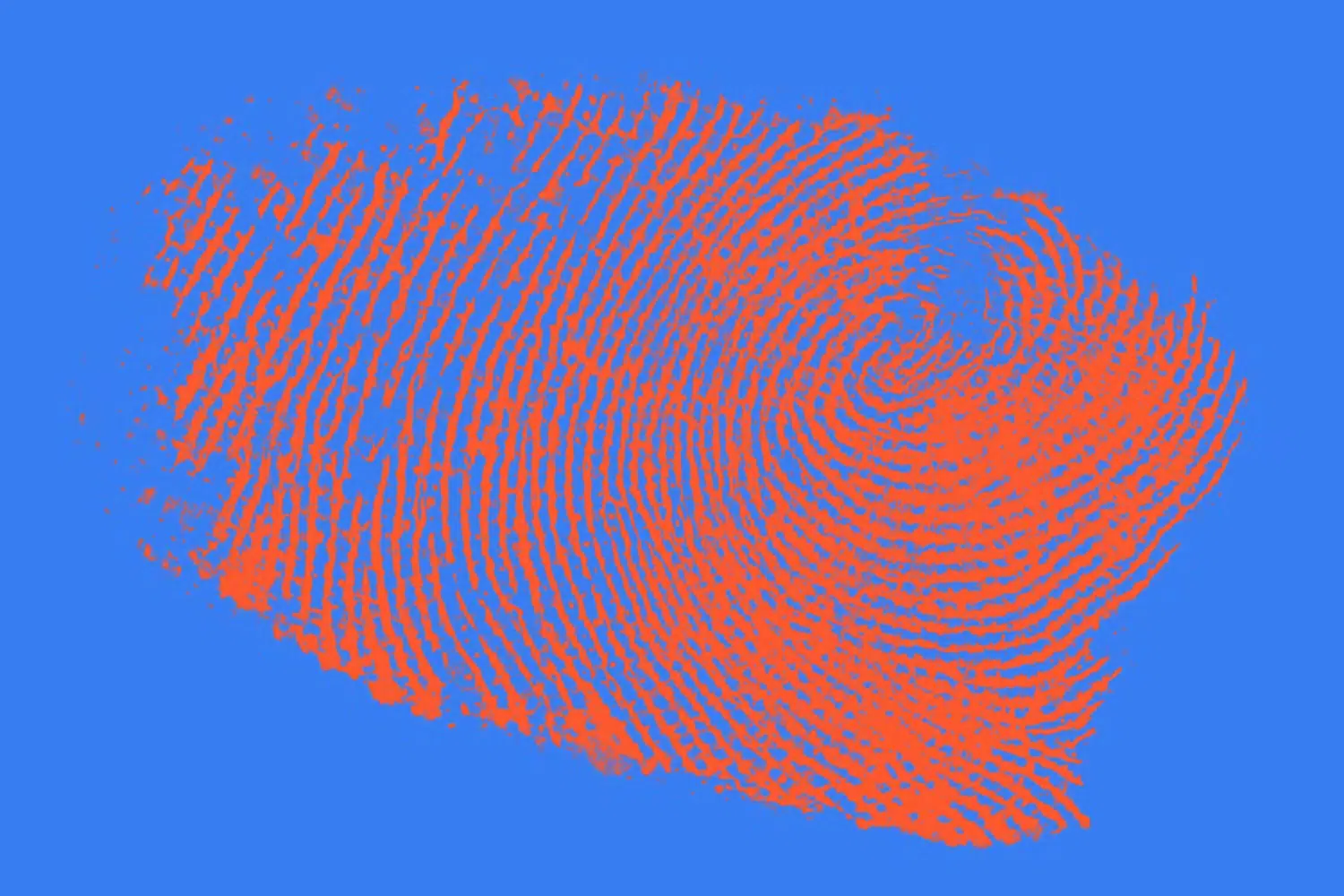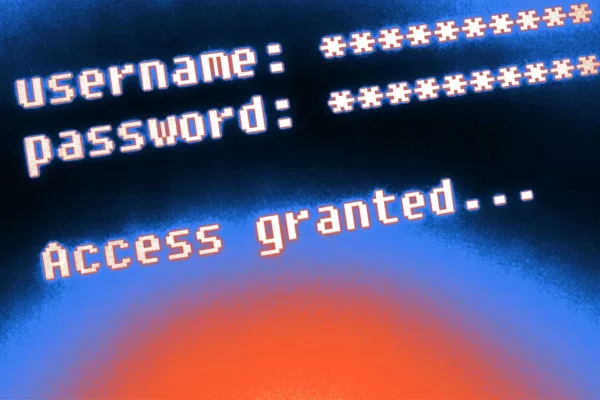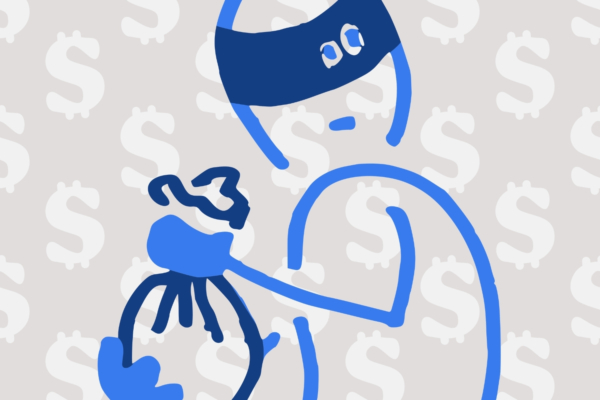
Stolen Identity? Here’s Where to Start

One of the prices of today’s increasingly digital world is the ongoing risk of having your identity stolen. In 2021, there were 5.7 million reports of identity theft and fraud. Fraud cases were up 70% from the previous year, costing Americans over $5.8 billion.
Anyone can become a victim of identity theft. Even the most security-conscious consumers can have their information land in the wrong hands through data breaches, scams, and more.
The key to avoiding catastrophic damage lies in knowing how to spot the signs of identity theft and taking action if something is amiss. Once it has happened, your number one goal is to go into damage control and make sure it does no lasting harm to your financial standing and reputation.
How Thieves Use Your Identity
Identity theft can take many shapes and forms. The type that often comes to mind is the one that you may also be most concerned about— financial identity theft.
With this type identity theft, your information is used for financial gain. Thieves may:
- Use your debit or credit card information to make purchases
- Withdraw funds from your account
- Take out loans, credit cards, or lines of credit in your name
Open bank accounts in your name
While this sort of fraud is the most common form of identity theft, there’s far more that can be done with your personal information. The following are some other types of identity theft that can be just as harmful.
Synthetic Identity Theft
Synthetic identity theft occurs when parts of your information are used to create a new identity. For example, your address may be used in conjunction with another name and social security number to create a phony persona that has legitimate information tied to it.
Criminal Identity Theft
If someone gives your name or information to law enforcement after committing a crime, they are committing criminal identity theft. Typically, this occurs when your ID, such as a state-issued driver’s license, lands in the wrong hands.
Medical Identity Theft
Medical identity theft occurs when someone uses your name or health insurance information to get access to medical services or prescription drugs.
How to Know If Your Identity Is Stolen
Identity thieves can be sneaky. Most often, theft won’t be as blatant as your bank account suddenly having a zero balance. Still, there are signs that you can be on the lookout for that signal a possible identity theft.
- You notice charges on your debit card or credit card that you did not make.
- You notice errors or loans on your credit report that are not yours
- You get alerts that someone is trying to login to your online accounts
- You’ve been denied credit though you should be in good standing
- You stop getting your usual mail like bank statements and bills or you start getting mail for accounts that don’t belong to you
- You get calls or letters from debt collectors for debts you don’t have
- You receive a medical bill or explanation of benefits for medical care that you didn’t receive
- You are told that you filed more than one tax return in a single year
If something feels out of the ordinary, it’s worth exploring. While mistakes do happen in credit reporting and billing, it’s always better to get the peace of mind that your identity and information are safe. And, if it happens to be something malicious, you can take action to limit the damage.
When to Be Extra Vigilant
If you’ve received notice from a company that your information may have been compromised due to a data breach, it’s important to remain extra vigilant. Check in on your credit reports frequently and take advantage of any extra protections like credit report freezes or fraud alerts.
What to Do If Your Identity Is Stolen
If you notice one of the signs that we mentioned above, it’s important to act quickly. The quicker you report fraudulent activity and freeze your accounts, the less damage that is likely to be done.
Here’s a rundown of what action you should take and when.
1. Let affected companies know that fraud has occurred.
First, start by letting affected companies know about the fraud. For instance, if your debit account has unknown charges, call your bank or credit union immediately and let them know that you believe your account has been compromised. They should freeze your account and can guide you through the next steps. If multiple accounts/credit cards have been compromised, be sure to contact each company.
2. Change passwords.
Change the passwords on all accounts that have been compromised. For extra peace of mind, consider changing the password to all of your important online accounts including:
- Online banking
- Online shopping accounts such as Amazon or other retailers
- Email accounts
While you’re changing passwords, check in and look for any usual transactions or account activity.
3. Set up additional protections like fraud alerts and credit report freezes.
Start by contacting one of the credit bureaus (Experian, Equifax, or TransUnion) to issue a free, one-year fraud alert. If you have an alert on your credit report, a business must verify your identity before it issues new credit in your name. If you place a fraud alert on one report, the other two must also place an alert on your report.
Look into additional fraud and security protections available to you. For instance, you should be able to set up transaction alerts or opt-in to fraud alert notifications for bank accounts.
Contact each credit bureau to place a security freeze on your credit reports. This will prohibit any lines of credit (loans, credit cards, etc.) from being taken out using your information.
4. Request a copy of your credit report.
Next, request a copy of your credit report from each of the bureaus. When you receive it, look for anything that looks out of place.
5. Report the identity theft to the FTC.
Next, report the theft to the FTC. You can do so by completing an online form or calling 1-877-438-4338. IdentityTheft.gov will help you come up with a personalized recovery plan for getting back on track. The report can also help you when disputing charges, as it can serve as a form of proof that your identity was stolen.
You may also wish to file a report with your local police department. A police report can also help you when filing disputes.
6. Repair damage.
Next, take the necessary steps to repair any damage that has been done to your financial standing. This may include:
- Disputing errors on your credit report
- Disputing fraudulent charges to get your money back
- Closing accounts opened in your name
Each company may have a different process for correcting these issues.
7. Keep an eye on your credit report and bank accounts.
It’s a good idea to obtain additional copies of your credit report periodically following a fraud incident.
Be Vigilant and Act Quick
Having your identity stolen can be a sticky situation. Left unchecked, identity theft can do serious damage to your finances and other aspects of your life. The good news is that with quick action, you can minimize the consequences if you fall victim and start working to get your identity safe and secure.
Become an Amplify Member
Every Amplify account holder enjoys fee-free banking. That means no overdraft, maintenance, or other banking fees cutting into your pocket.


